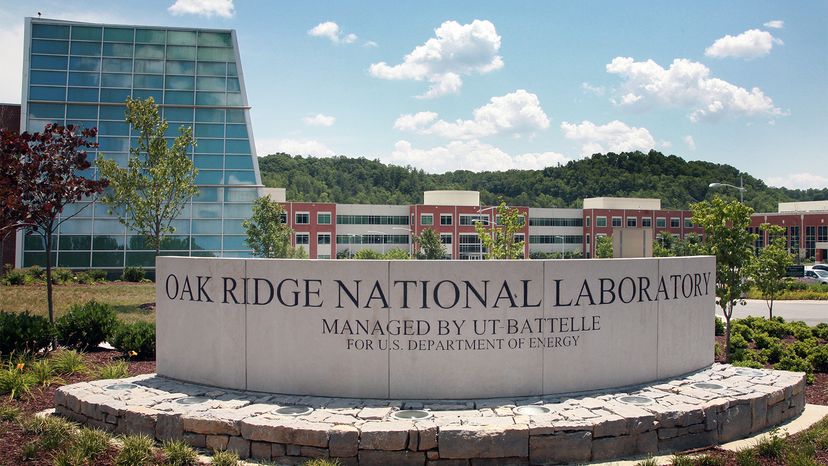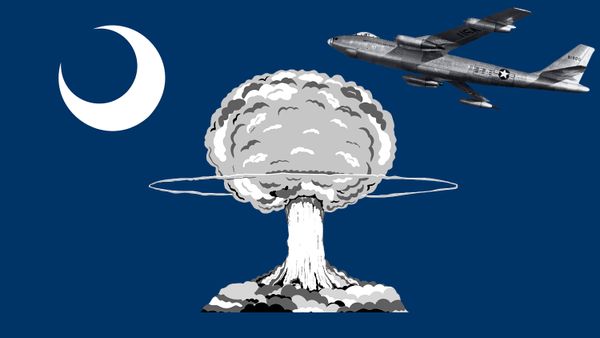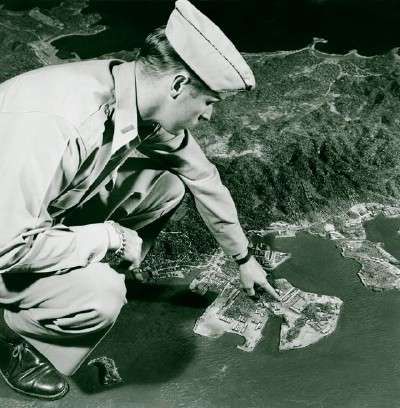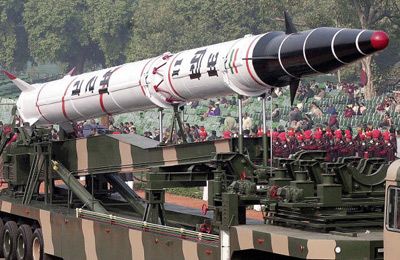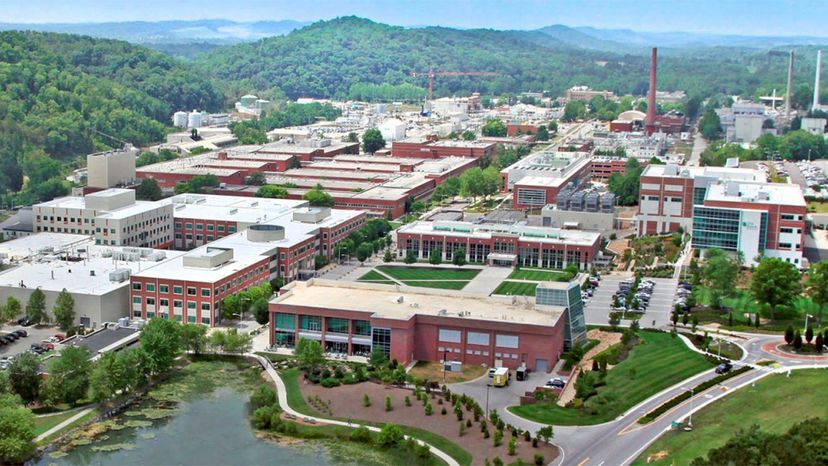
Key Takeaways
- Oak Ridge, Tennessee, was established as a secret city for the Manhattan Project, where efforts focused on enriching uranium-235 for atomic bombs through the use of calutrons at the Y-12 plant.
- The city's X-10 Graphite Reactor also played a pivotal role in producing plutonium-239, another fissionable material used in atomic bombs, demonstrating the process before production moved to the Hanford site.
- Post-WWII, Oak Ridge evolved, with parts of the site becoming Oak Ridge National Laboratory, pioneering nuclear medicine and research in various fields, and the Y-12 National Security Complex, producing components for the U.S. nuclear arsenal during the Cold War and later assisting in disarmament efforts.
In September 1942, U.S. Army Lt. Gen. Leslie Groves, commander of the Manhattan Project — the secret U.S. crash effort to develop the atomic bomb — faced a critical decision. The project needed to produce uranium-235, an isotope of uranium, whose unstable nucleus could be easily split to trigger a fission chain reaction and release an enormous amount of destructive energy. But that would require a massive, complex manufacturing process, involving tens of thousands of workers, which needed to be kept secret to thwart interference from spies and saboteurs. But, the question was, where could those facilities possibly be hidden?
As detailed in Charles W. Johnson's and Charles O. Jackson's 1981 book "City Behind a Fence: Oak Ridge Tennessee 1942-1946," U.S. officials already had identified potential sites in several parts of the country, but all of them had drawbacks. Shasta Dam in California, for example, was too close to the Pacific Coast, and thus vulnerable to an air attack, and several locations in Washington state would have required construction of long power lines to provide the massive amounts of electricity needed for the work. A site in Illinois near Chicago was out, as well. Officials didn't want to be close to a big population center, since the potential health risks of the work weren't clear, and it would have been easier for enemy agents to blend in.
Advertisement
So instead, Groves quickly settled upon a 52,000-acre (21,000-hectare) site in rural eastern Tennessee, later expanded to 59,000 acres (24,000 hectares). Not only would it be inconspicuous to anyone outside of the sparsely-populated area, but it also was close to hydroelectric plants operated by the Tennessee Valley Authority, which could supply the enormous amounts of electricity that the plants would require, according to Johnson's and Jackson's book. It was the perfect place to build both the Clinton Engineer Works, which would be the atomic complex, and a secret city to house the workers. The government decided to call the secret city Oak Ridge because it sounded "sufficiently bucolic and general to be used as a cover name for the residential area," as this 1969 article in a government publication explains.
Not long afterward, the U.S. government quietly started moving small farmers who had land on the site, paying them compensation but not telling them why, according to a 1945 article in The New Republic by Louis Falstein, one of the first reporters to write about Oak Ridge. Then came trainloads full of construction equipment and building materials. Construction crews quickly erected the buildings that would comprise the nondescriptly-named campus, as well as thousands of houses for scientists and workers. Many of the homes were B-1 Flat Tops, a design fashioned from prefabricated panels and roofing to save construction time.
Advertisement
